Broadband Breakfast Panelists Discuss How Rural Fund Recipients Can Prepare For Efficient Network Builds
December 22, 2020 — With the closing of the bidding in Federal Communications Commission’s Rural Digital Opportunity Fund reverse-auction, many across the country are beginning to initiate groundwork for the federally-supported networks that will be deployed or expanded over the next 10 years. To de
Jericho Casper
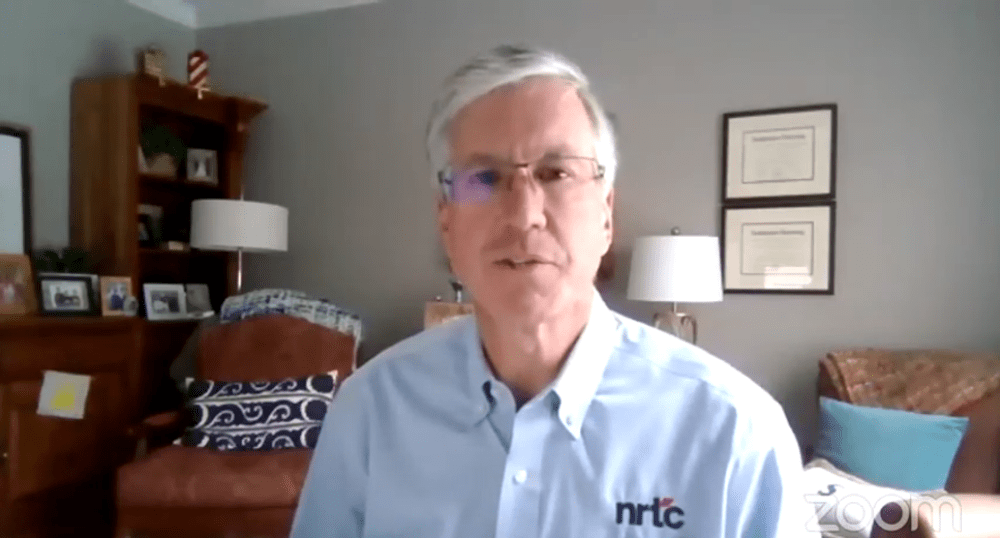
December 22, 2020 — With the closing of the bidding in Federal Communications Commission’s Rural Digital Opportunity Fund reverse-auction, many across the country are beginning to initiate groundwork for the federally-supported networks that will be deployed or expanded over the next 10 years.
To detail best practices for 180 new winning bidders, in Phase I of RDOF, a panel of network construction experts joined moderator Drew Clark, editor and publisher of Broadband Breakfast, in the most recent Tools for Broadband virtual session, a five-part Broadband Breakfast Live Online series.
Awardees preparing and planning their future deployments spoke about a range of topics, from preparing for material shortages and backlogs, to managing crews. The panel detailed many things necessary to know in order to roll out a new construction project with the least amount of stress.
“A lot of federal money being awarded, means a lot of construction work is underway,” said Lori Sherwood, director of commercial and market development at Render Networks. She said that it was the panelists’ “jobs as stewards to manage these projects effectively.”
Three-step process for first-time network builders
Greg Santaro, senior vice president of chief marketing and strategy officer at the National Rural Telecommunications Cooperative, detailed the three-step process his organization recommends for new network constructors.
Santaro recommended starting with a feasibility study, which is essentially a “high level view of all the different elements and costs necessary to build a network.” The feasibility study lays out what the project is going to take, but is “not something to base a budget on.”
After drafting the project overview, NRTC recommends entities create a far more detailed executive project plan. According to Santaro, EPPs are a more budget-oriented and detailed, and give much more specifics and alignment with project costs.
Finally, NRTC recommends that constructors track their ongoing budgets, as costs are likely to change throughout multi-year construction processes.
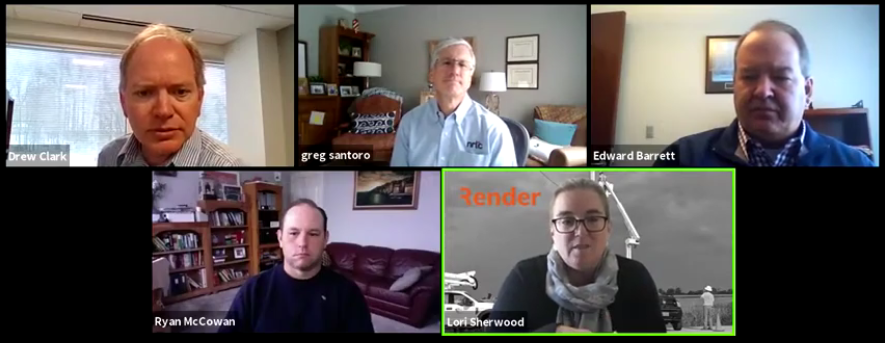
In addition to providing build-out strategies, panelists warned the winning bidders of things to watch out for throughout the construction process, including projected material shortages and rising material and labor costs.
“Resource constraints are real,” said Ryan McCowan, director of costumer engagement and solutions at ADTRAN, adding that fiber builders in the United Kingdom are experiencing similar constraints, as the build-out of fiber has exploded domestically over past years.
Sherwood prepared bidders for the ongoing budgeting required when building networks, saying that over the next “6 to 8 years the costs for everything is going to increase” annually. “As an industry we need to look at where we can find efficiencies and build,” said Sherwood.
Edward Barrett, vice president and practice leader at HR Green’s Fiber and Broadband Practice, warned RDOF recipients not to use ‘averages’ throughout the planning process, saying that individuals using industry pricing averages in feasibility studies gave them “a bad rep within the industry.”
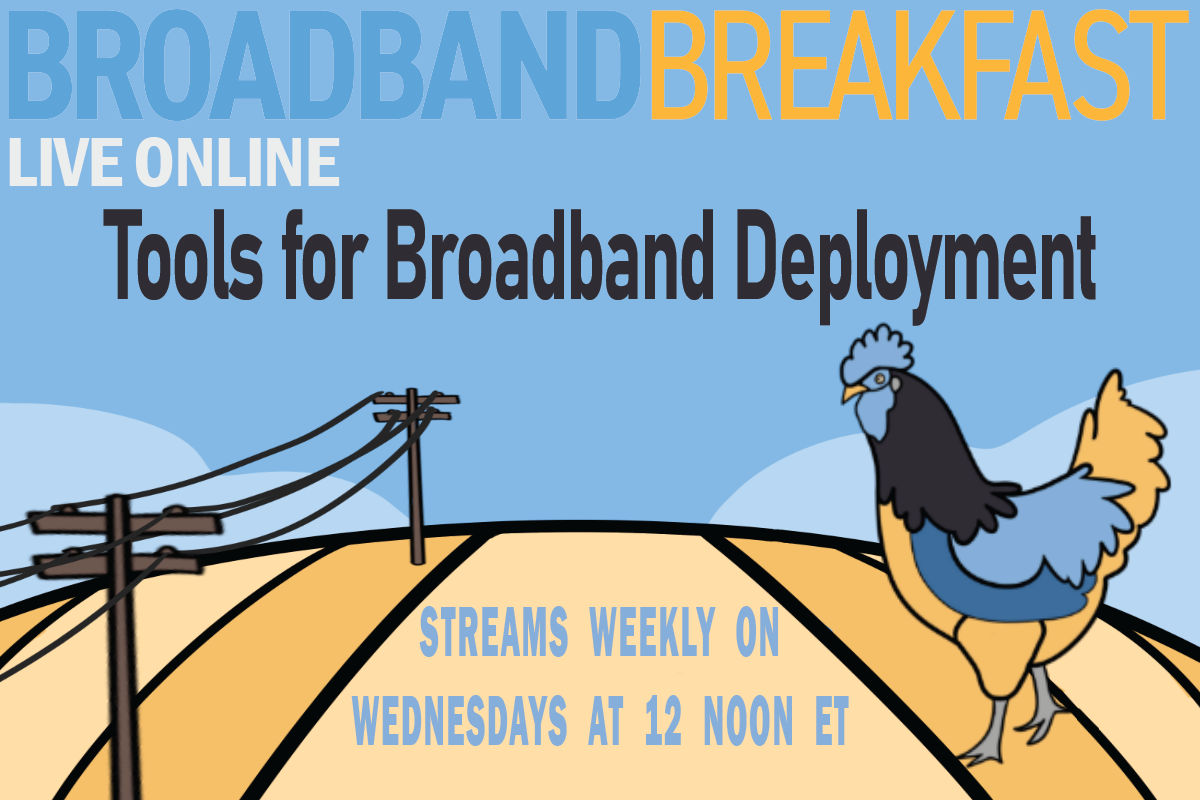
Events in “Tools for Broadband Deployment” series, which is sponsored by ADTRAN and Render Networks, include:
- Wednesday, October 21, 2020, 12 Noon ET — “Tools for Broadband Deployment: Preparing for Success”
- Are you ready for rural deployment? The United States is currently in the midst of multiple, significant efforts pushing for Better Broadband for Rural America. Think of the big picture opportunity.
- Wednesday, November 25, 2020, 12 Noon ET — “Tools for Broadband Deployment: Connecting Providers and Customers Faster”
- Case studies of network-building with an all-digital workflow. How fiber-builders are finding success in construction management, workflow processes and on-the-fly changes. In a phrase: Think workflow and business systems.
- Wednesday, December 16, 2020, 12 Noon ET — “Tools for Broadband Deployment: RDOF and Other Rural Broadband Deployments”
- The Rural Digital Opportunity Fund, the Connect America Fund and other rural deployments: How new awardees are laying the future for managing their deployments. Think managing your budget.
- Wednesday, January 27, 2021, 12 Noon ET — “Tools for Broadband Deployment: Mapping the Rural Broadband Buildout”
- Mapping broadband assets is only the first step. This session will explore how end-to-end data is showing that successful rural fiber networks begin with the end in the mind. Think broadband mapping.
- Wednesday, February 3, 2021, 12 Noon ET — “Tools for Broadband: Fueling the Fire of Rural Innovation”
- We’ll showcase how broadband deployment is accelerating the digital future for rural America at a time of COVID-19. Think success.
“Tools for Broadband Deployment” is sponsored by:

Render Networks

ADTRAN
SUBSCRIBE to the Broadband Breakfast YouTube channel. That way, you will be notified when events go live. Watch on YouTube, Twitter and Facebook.
See a complete list of upcoming and past Broadband Breakfast Live Online events.






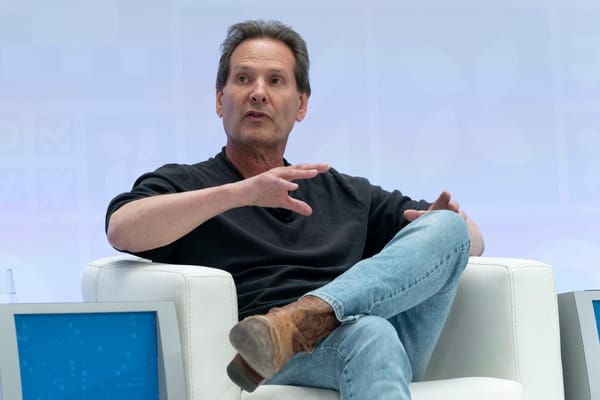


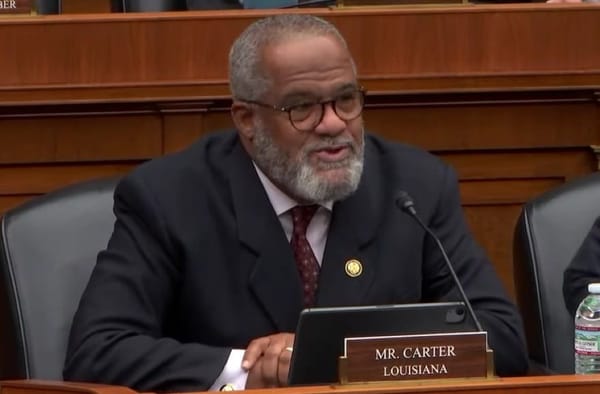
Member discussion